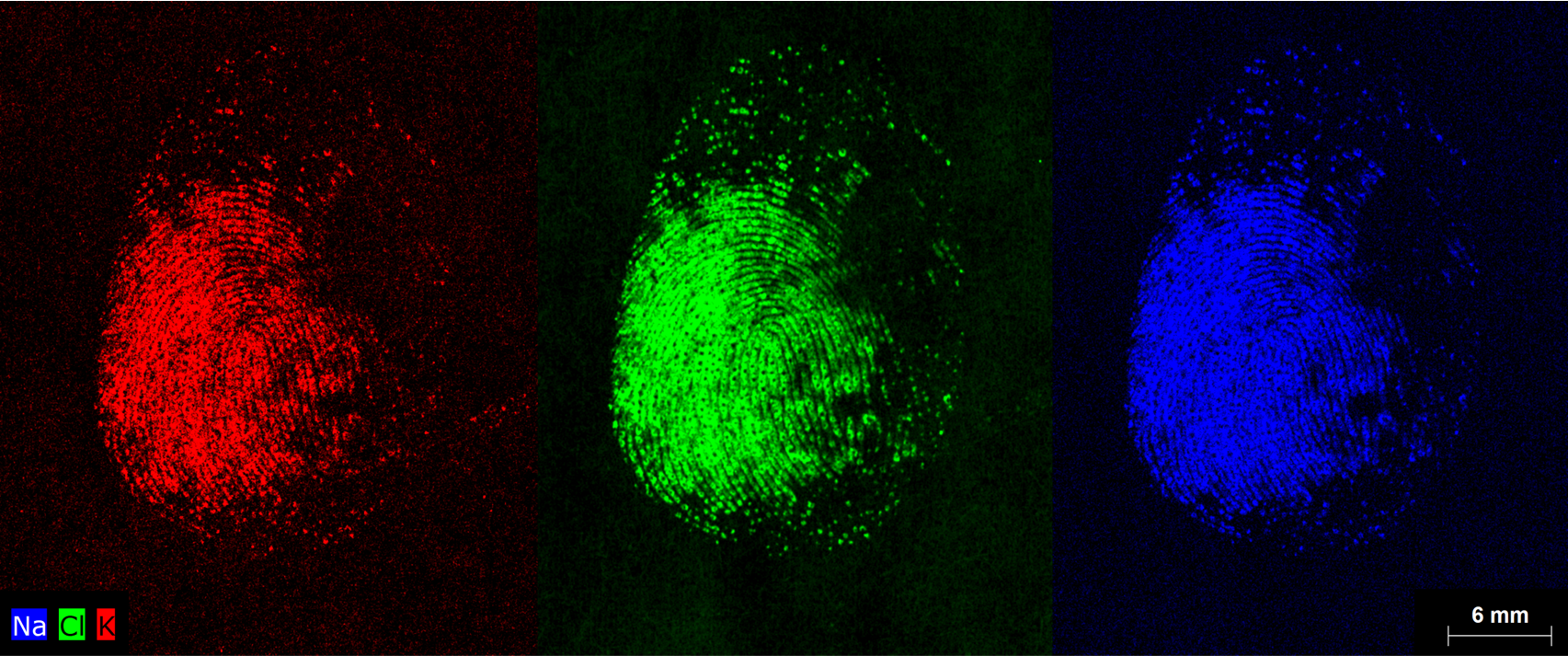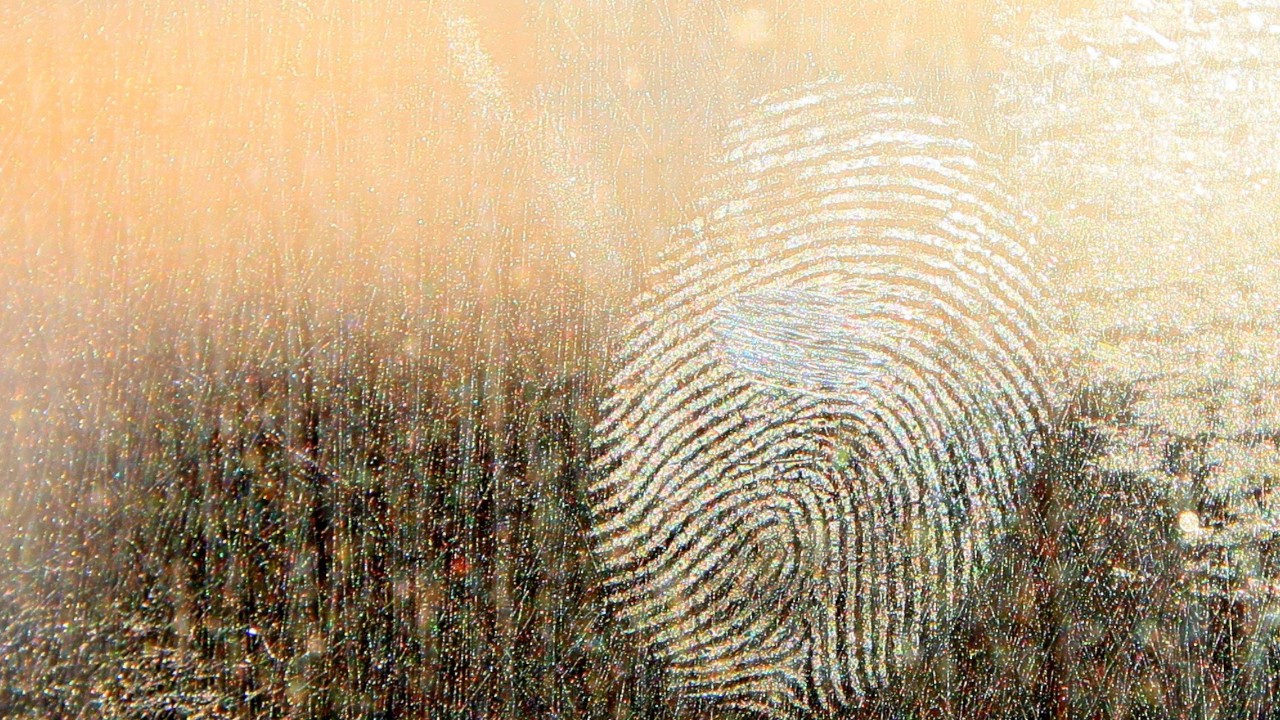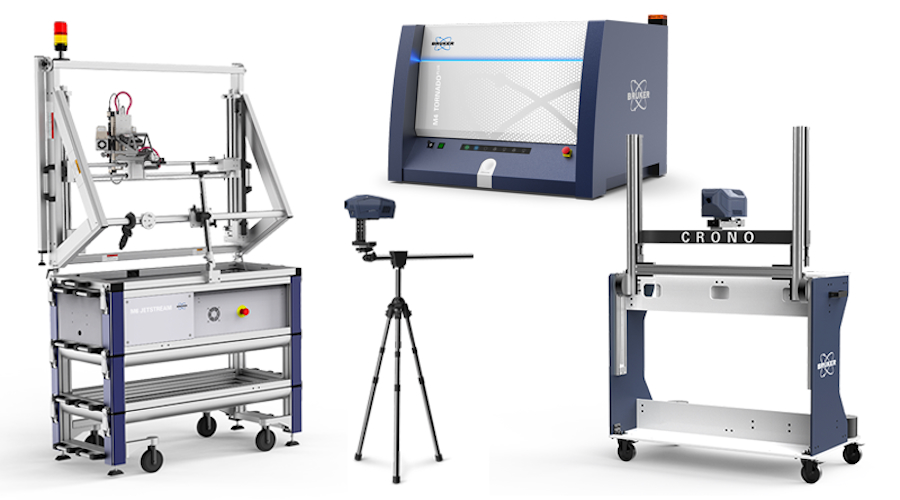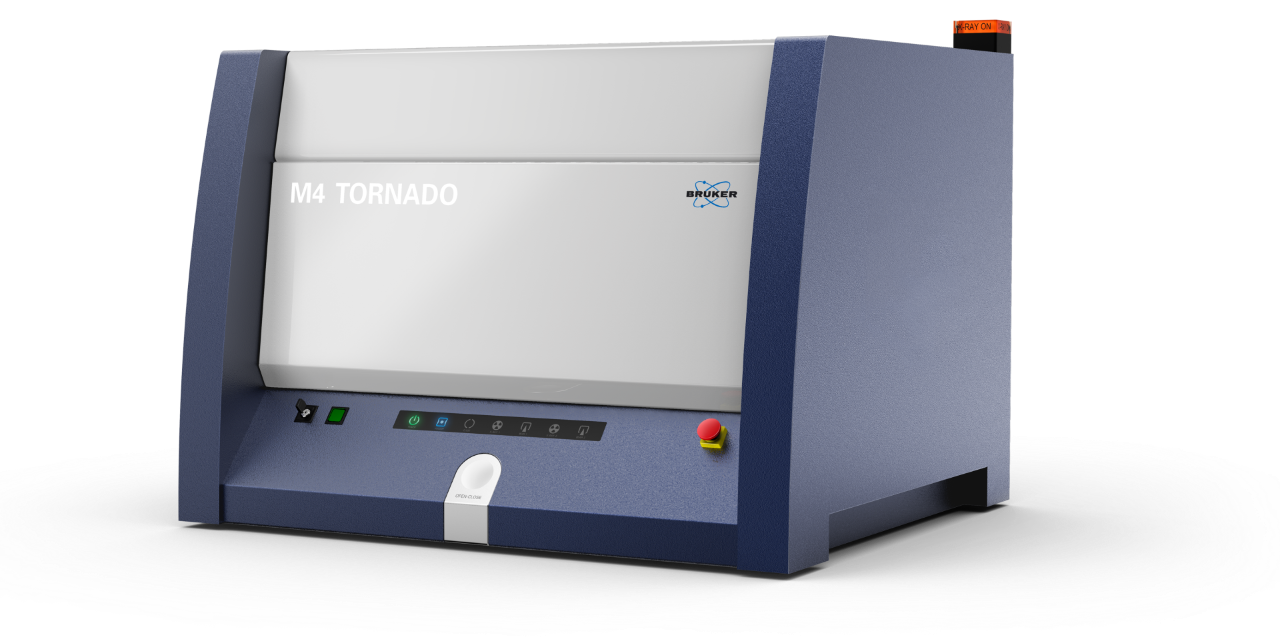

The M4 TORNADO Micro-XRF Spectrometer - a Flexible Tool in Forensic Science
Micro X-ray Fluorescence for Forensic Applications
Micro-XRF is an established technique in forensic analysis, having been present in many laboratories for more than a decade. The advantages of this technique were immediately recognized- micro-XRF provides a unique ensemble that integrates the multi-element sensitivity of XRF with detection down to trace element levels, large sample accessibility, and spatial resolution down to the micrometer range. This makes micro-XRF one of the most versatile, non-invasive analytical techniques available to the forensic science laboratory.
Bruker’s M4 TORNADO and its light element counterpart, the M4 TORNADO PLUS, are state-of-the-art table-top micro-XRF spectrometers that combine micrometer spatial resolution and element mapping capability with a powerful set of analytical tools for qualitative and quantitative analysis.
In this webinar we will present the potential of the M4 TORNADO micro-XRF spectrometer for a range of forensic applications, including:
- Recent developments for improved fingerprint visualization, including under non-ideal preservation conditions
- Ink-characterization and discrimination through chemical and textural signatures
- Small-particle analysis applied to metals and glass
Forensic applications to be presented:
Fingerprints are a key information in forensic work. Conventional collection of fingerprint evidence often relies on the existence of undisturbed, partially volatile components that have been exuded through the skin and transferred to a surface. However, in some cases, oils and volatiles are not preserved making fingerprint recovery more difficult. Micro-XRF allows measurement of less to non-volatile inorganic components (e.g., Na, Ca, K, and Cl) that are less sensitive to degradation or masking by organic coatings such as soot from a fire.
Ink characterization based on its composition allows identification of the writing tool used. Combining the element ratios with profiles across a drawn line may offer additional parameters of comparison. Both can be done with one machine in a non-invasive approach.
Particle and material identification is a common task in the field of forensics. Micro-XRF is a well-suited method to address this task. We will present best-practice in the use of micro-XRF in particle analysis, including application of fundamental parameter calculations, and how to limit inaccuracies and errors in data. Best-practice methods allow the improved application to minimal sample sizes and increased success when facing the most complex samples.
The webinar will be rounded off by a 15-minute Q&A session where our experts will answer your questions.
Who should attend?
- Micro-XRF users in forensic labs and researchers considering adding this technique in their studies
- Quality control specialists assuring composition of metal or glass samples as well as failure analysis in industry and material research laboratories
- Researchers in Forensic Methodology R&D
Speakers
Dr. Roald Tagle
Global Manager Application Science, Bruker AXS
Falk Reinhardt
Senior Application Scientist micro-XRF, Bruker AXS
Watch this Webinar On-Demand
Please enter your details below to gain on-demand access to this webinar.


